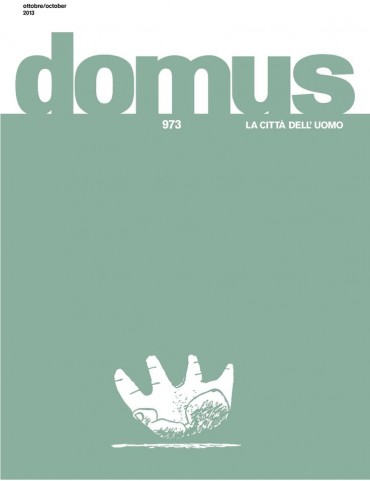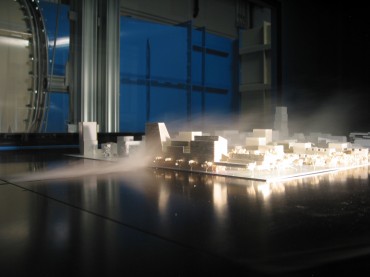16.7.2014 – Issue 17 - Pedagogy – Mateo Josep Lluís – Essays
"Sharing is the other side of Discovering"
by Josep Lluis Mateo
1 Idea and Matter
Our mission is to teach students to design—that is, to imagine, in physical terms, a new reality, and then to know how to make it possible, construct it.
My interest is more methodological—that is, abstract or conceptual—than stylistic or formal, and it gravitates between awareness of the students’ freedom of choice (we, the teachers, ask the questions; they, the students, have to answer them) and the need to provide the instruments and appropriate framework for the actions of others.
As I see it, the practice of architecture gravitates around the idea-matter dialectic. In architecture, these two terms are intrinsically interrelated in a very specific way. From the very start, then, our students are faced with the task of introducing the weighty body of matter into ideal abstraction, using the logic of the load-bearing structure as the ordering principle of the project or imagining light as the matter of space. Relating the physical world of sensible experience with the abstraction of the idea.
In this passage, what interests me is the need for both pragmatic coolness and the fire that emanates from its apparent opposite: the anticipatory delirium of those who construct the future. Without this fire, the architecture loses value. One of the things that it is possible, if difficult, for the teacher to transmit is enthusiasm, a vital interest in knowledge and discovery.
That is what we try to do.
2 Data and Instruments
The project is deployed by means of a great multiplicity of previous data. Data about its surroundings, its context and, therefore, a degree of controlled amplification of the field is always attractive. The city, nature, specific cultures are always data around which the project discourse is constructed.
There is also internal data that corresponds to use, to the function that the project has to stage and transform into space or into economic and technical feasibility. Data.
Observation and analysis in the search for a project are attitudes that can be transmitted and learned, and, in our own field, there are also instruments that we use to operate and which can and must be learned.
We insist on images, as the stage for a new imagined reality, a fiction which, in our hands, will—this is the promise—become the everyday setting for our exterior, others.
Models allow us to analyse both volume and space, and we have to become practised in seeing their possibilities, scales and consistencies.
Alongside analysis, the project culture is the culture of action, which means constructing new events. Insisting on instruments also means insisting on the factual, productive side of the design activity.
3 Discovering and Sharing
Learning, acquiring knowledge, means increasing our state of awareness, incorporating into our baggage arguments, references and forms as we become familiar with them.
The metaphor of a person jumping is a good one. The jumper runs, takes the ground (what he knows) as his support and, using it as his base, projects himself upwards, flies, and lands somewhere unknown.
The project as an instrument of knowledge, certainly, but most of all as an inventive activity that transforms data into something that is at once right, evident and unusual and new.
Our job is often to prompt this leap. To remove the certainties, the commonplaces, the vulgarity of what the students know, obliging them, alone and stripped bare, to produce something new.
Despite certain limitations, teaching design has something in common with research. It is a place where data necessarily provides the basis for the production of quanta of new personal and sometimes collective knowledge.
Although our action as designers has to be intense and very specifically targeted, our mind also has to operate with a breadth of vision and categories. We have to be on the ground, squelching in the mud and fighting for each detail, and, at the same time, we have to be able to fly in order to gain an overview.
So we bring intensity to the issue under review each semester. But we also approach each case in relation to a bigger issue, which is addressed throughout several semesters.
For example, we are currently producing a series of exercises that focus on possible architectural developments based on the constituent elements of the cosmos defined by the pre-Socratic philosophers: earth, water, air and fire.
This experience, once analysed, reviewed and extended, will produce texts and materials that will be made available. Teaching is not just the ineffable moment of coming together of teacher and student.
Sharing is the other side of discovering.
republished from Domus, Nr. 973
Download article as PDF



